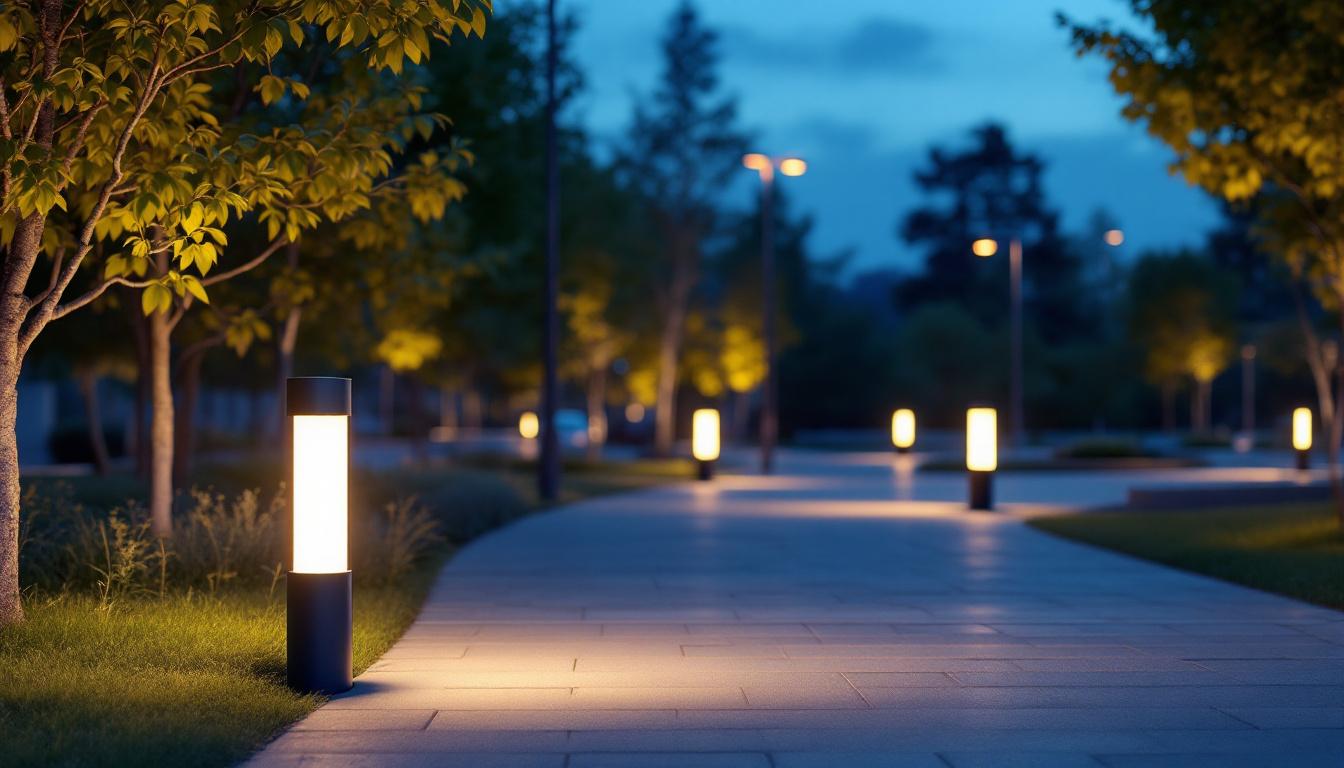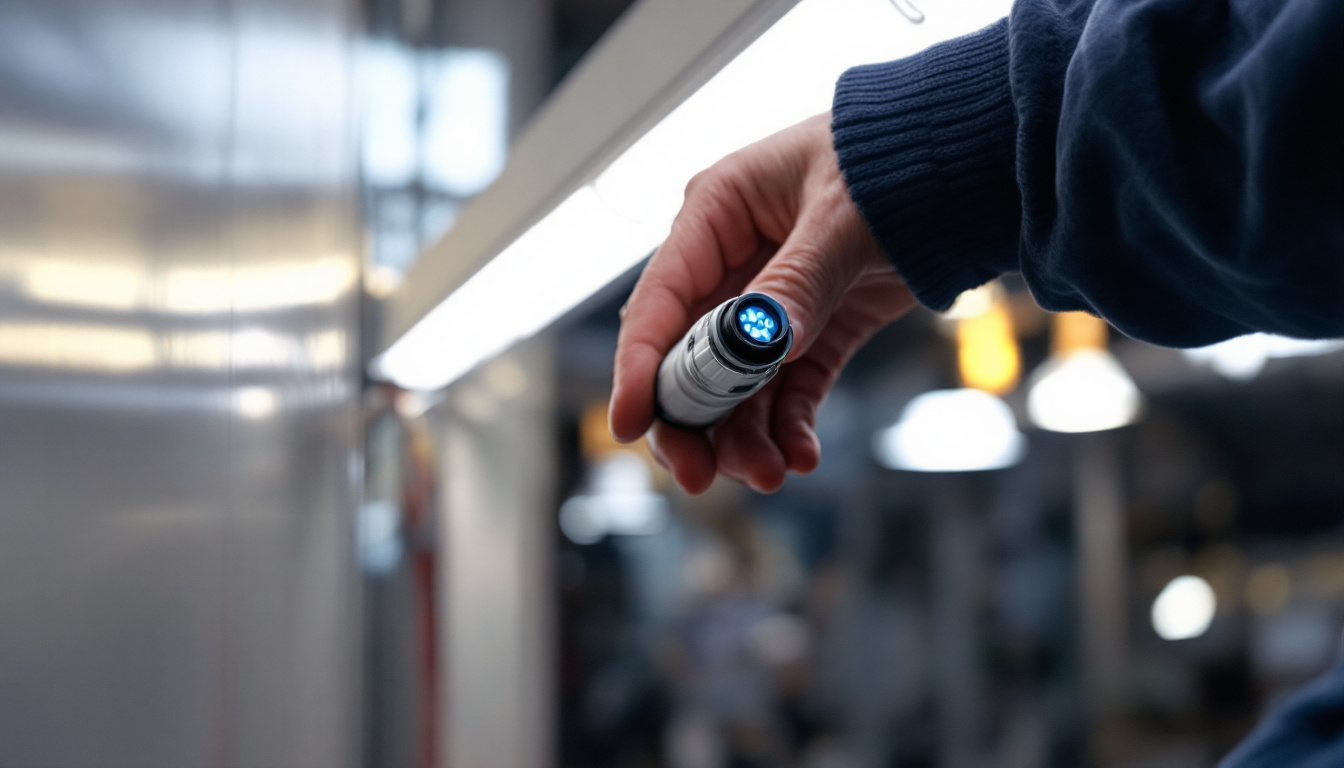
Lighting Bollard: Lighting Contractors’ Quick Tips
Lighting bollards are essential components in outdoor lighting design, serving both functional and aesthetic purposes. These fixtures not only illuminate pathways, parking lots, and public spaces but also enhance the overall ambiance of an area. For lighting contractors, understanding the various types of bollards and their applications is crucial for delivering effective lighting solutions.
There are several types of lighting bollards available, each designed for specific applications. The most common types include:
Each type has its advantages and disadvantages, and understanding these can help contractors make informed choices based on the specific needs of their projects. For instance, solar bollards are particularly advantageous in locations where trenching for electrical wiring is impractical, while LED options are favored for their ability to produce a higher lumen output with significantly lower energy usage. Additionally, traditional bollards can be customized with decorative elements, allowing for a blend of functionality and style that suits the architectural theme of the surrounding environment.
Lighting bollards are versatile and can be used in a variety of settings. Common applications include:
By understanding where and how to implement lighting bollards, contractors can enhance both safety and aesthetics in their projects. Beyond these common applications, lighting bollards can also play a significant role in urban design, contributing to the overall safety and navigability of city streets. In addition to their practical uses, they can be integrated with smart technology to provide adaptive lighting solutions that respond to pedestrian traffic or environmental conditions, further enhancing their functionality. Furthermore, the aesthetic design of bollards can be tailored to reflect local culture or artistic themes, making them not just functional fixtures but also integral parts of the community’s identity.
Selecting the right lighting bollard involves several considerations that can impact both functionality and design. Contractors should assess the following factors to ensure optimal results.
Determining the appropriate level of illumination is critical. The brightness of the bollard should align with the intended use of the area. For example, pathways may require less intense lighting compared to parking lots, which need brighter fixtures for safety. Contractors should refer to local lighting standards and guidelines to ensure compliance and effectiveness. Additionally, the use of smart lighting technology can enhance illumination control, allowing for adjustments based on time of day or occupancy levels. This not only improves safety but also contributes to energy efficiency, reducing operational costs over time.
The materials used in the construction of lighting bollards can significantly affect their lifespan and maintenance requirements. Common materials include:
Contractors should consider the environmental conditions of the installation site to select the most appropriate material. For instance, coastal areas may necessitate materials with higher corrosion resistance due to salt exposure, while urban settings might require robust options that can withstand vandalism. Furthermore, integrating recycled materials can not only enhance sustainability but also appeal to environmentally conscious clients.
The design of lighting bollards should complement the surrounding architecture and landscape. Contractors should consider factors such as:
By prioritizing design, contractors can enhance the visual appeal of their projects while ensuring functionality. Moreover, custom designs can be developed to reflect the unique identity of a location, such as incorporating local cultural motifs or historical references. This not only enriches the environment but also fosters a sense of community pride and ownership among residents and visitors alike.
Proper installation of lighting bollards is crucial for their performance and longevity. Following best practices can help contractors avoid common pitfalls.
Before installation, thorough site preparation is essential. This involves:
Taking the time to prepare the site can prevent complications down the line and ensure a successful installation.
When installing lighting bollards, contractors should follow manufacturer guidelines for mounting. This typically involves:
Adhering to these techniques can enhance the stability and safety of the installation.
For electrically powered bollards, proper wiring is essential. Contractors should ensure:
By prioritizing electrical safety, contractors can enhance the reliability of their lighting installations.
Routine cleaning and inspection can help identify potential issues before they become significant problems. Key tasks include:
By maintaining cleanliness and conducting inspections, contractors can ensure optimal performance from lighting bollards.
Over time, bulbs and other components may need replacement. Contractors should keep track of the lifespan of bulbs and schedule replacements proactively. This can prevent unexpected outages and maintain consistent lighting levels.
In regions with harsh weather conditions, additional maintenance may be necessary. Contractors should consider:
By preparing for seasonal changes, contractors can extend the life of their lighting installations.
The lighting industry is constantly evolving, with new trends emerging that can enhance the functionality and appeal of lighting bollards. Contractors should stay informed about these innovations to provide cutting-edge solutions.
Smart lighting technology is revolutionizing outdoor lighting. Features such as:
Incorporating smart technology can improve user experience and operational efficiency.
As sustainability becomes a priority, contractors should consider eco-friendly lighting options. This includes:
By embracing eco-friendly solutions, contractors can align with market trends and client expectations.
Customization is becoming increasingly popular in outdoor lighting. Contractors can offer clients:
Offering customizable options can set contractors apart in a competitive market.
Lighting bollards play a vital role in outdoor lighting design, providing safety, functionality, and aesthetic appeal. For lighting contractors, understanding the various types, applications, and installation best practices is essential for delivering high-quality solutions. By staying informed about maintenance, innovative trends, and eco-friendly options, contractors can enhance their offerings and meet the evolving needs of their clients.
Incorporating these quick tips can lead to successful projects, satisfied clients, and a strong reputation in the lighting industry. Embrace the potential of lighting bollards and elevate outdoor spaces to new heights.
Ready to take your outdoor lighting projects to the next level? LumenWholesale is your go-to source for the highest quality lighting bollards. Our spec-grade products are designed to meet the rigorous demands of any outdoor space, ensuring durability, performance, and style. With unbeatable wholesale prices and the convenience of free shipping on bulk orders, you can provide your clients with exceptional lighting solutions that offer both safety and aesthetic appeal. Don’t let inflated markups dim your project’s potential. Choose LumenWholesale for the best value in lighting. Wholesale Lighting at the Best Value.

Discover how the Wago 221-413 connector can revolutionize your lighting projects by reducing costs and improving efficiency.

Discover how lighting contractors can enhance their projects with Dusk to Dawn LED outdoor lighting.

Discover the secrets lighting contractors use to transform ordinary mailboxes into stunning solar-lit features.

Discover the must-have tools and equipment that every lighting contractor needs to excel in the exterior lighting industry.